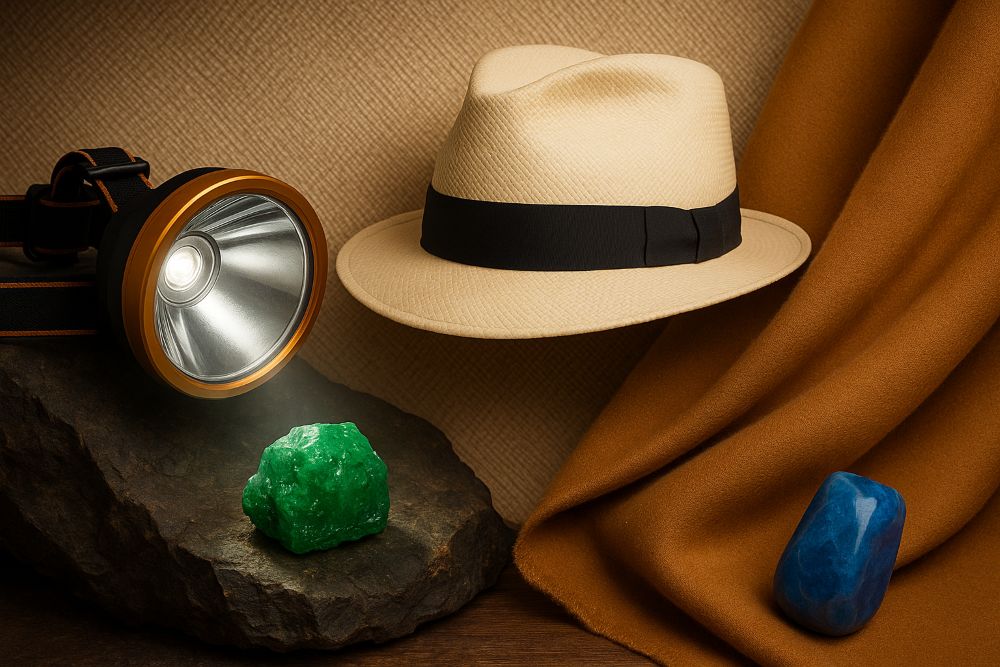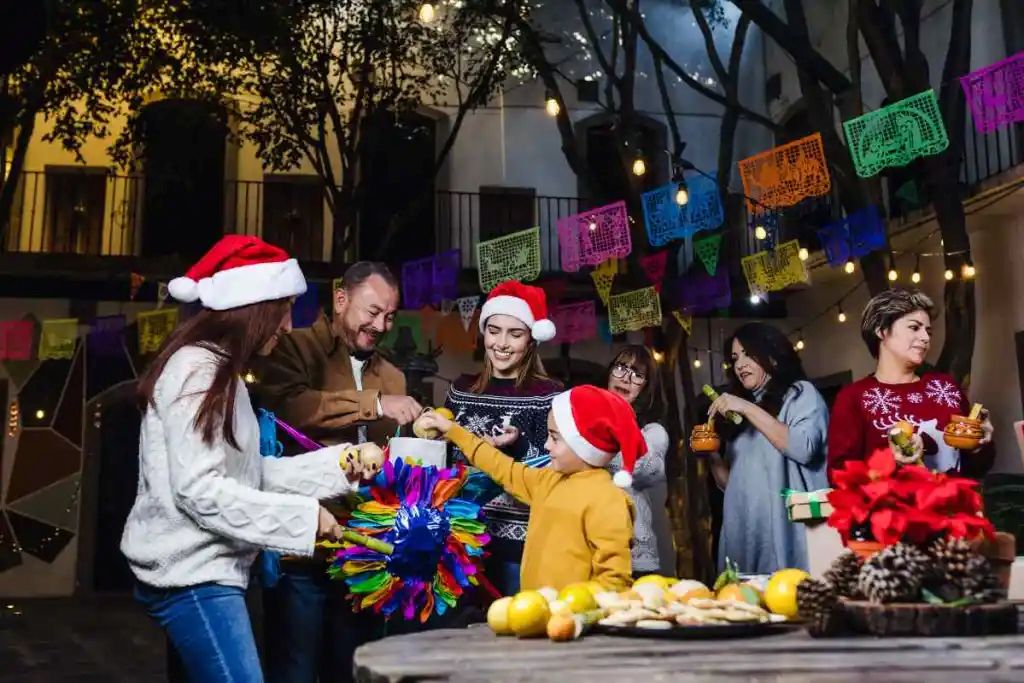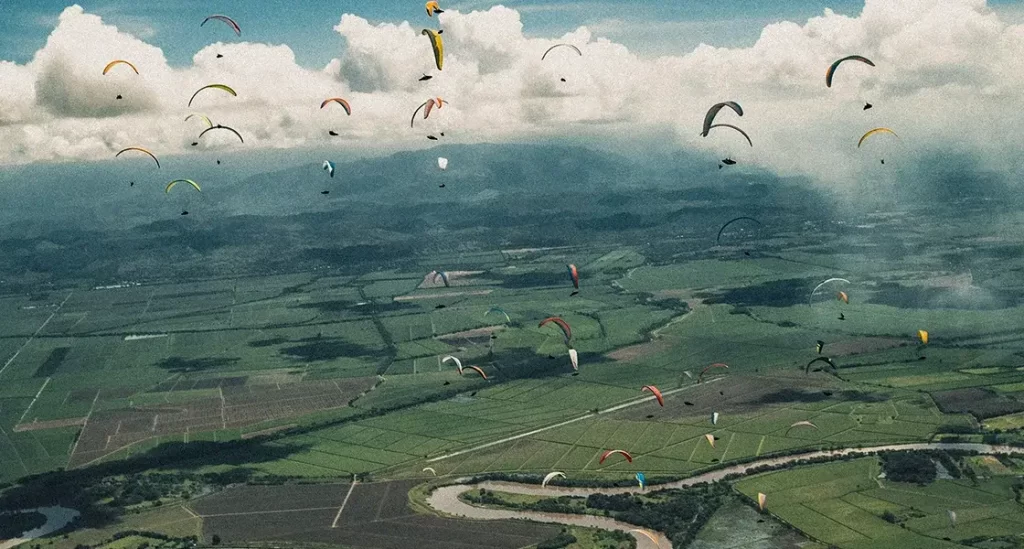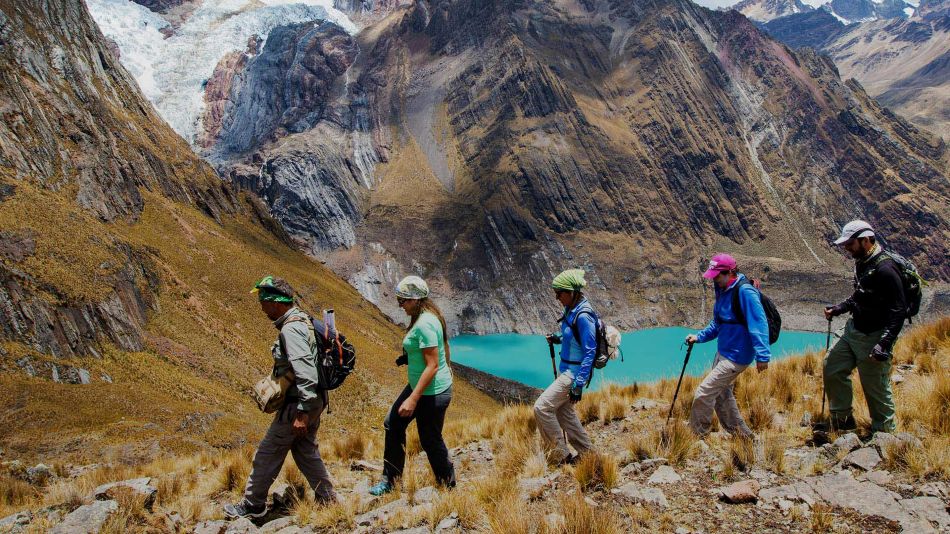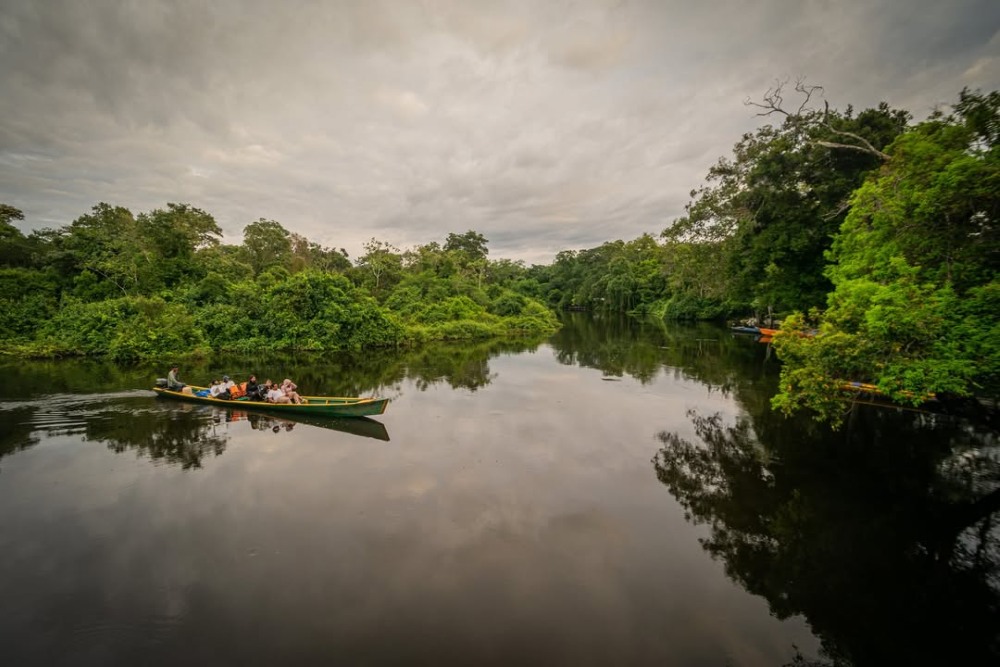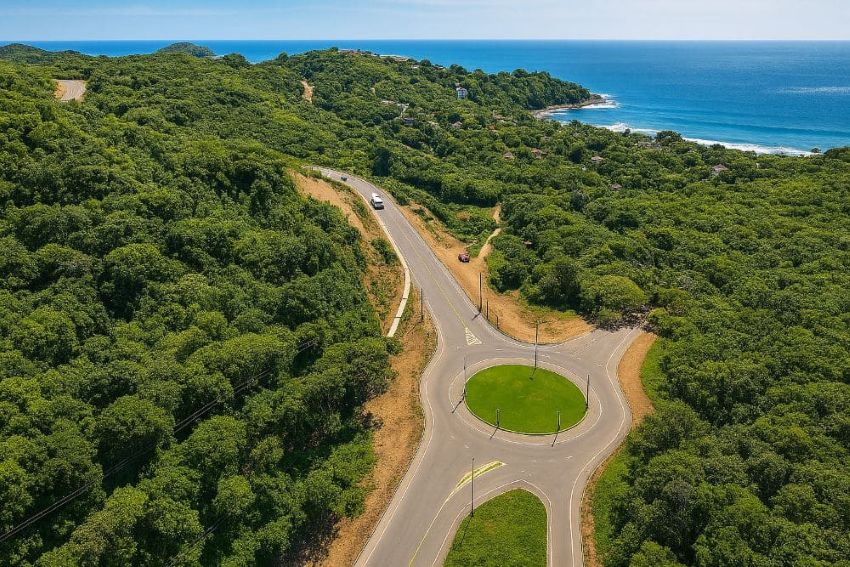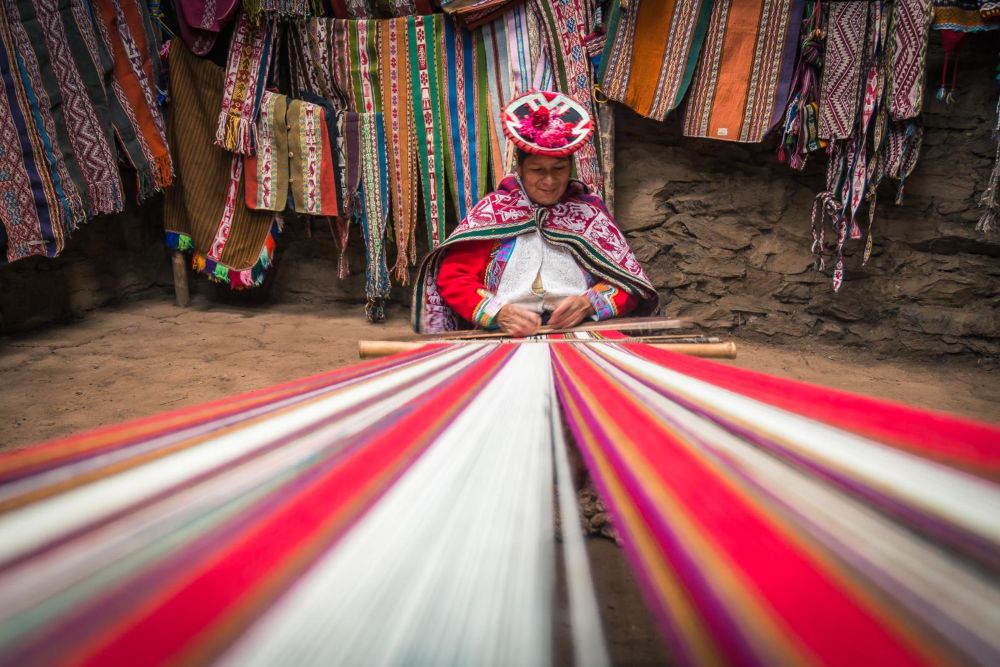In Latin America, luxury is not measured only by the rarity of a material, but by the strength of a legacy. Here, a fiber is shorn to the rhythm of an ancestral ritual, a hat is woven through gestures passed down for centuries, and a gemstone still holds the memory of the earth where it was born.
These objects can be found elsewhere, but it is in their lands of origin that one understands their true value: that of a living know-how, shaped by hands, faces, and stories.
The Silversmithing of Potosí
The name Potosí immediately evokes the Cerro Rico, whose depths once fueled the Spanish Crown and reshaped the world economy during colonial times. From this golden age emerged a silversmithing tradition that still distinguishes the Bolivian city: monstrances, chalices, altarpieces, and liturgical objects testify to exceptional technical mastery.
Many of these pieces are preserved in the Casa Nacional de la Moneda, while local workshops continue the inherited techniques and apply them to contemporary jewelry—a dazzling proof of continuity between heritage and modernity.
Dominican Amber
In the Dominican Republic, amber holds secrets millions of years old. This fossilized resin, from an extinct tree (Hymenaea protera), comes in shades ranging from honey yellow to deep red—with, under certain light, rare blue reflections of striking intensity.
Some pieces contain insects and plant fragments frozen in time, adding to their scientific and aesthetic value.
The museums of Puerto Plata and Santiago trace its history before artisans transform it into exceptional jewelry. On the market, a simple necklace sells for between 50 and 200 dollars, while unique pieces—especially of blue amber—can fetch several thousand dollars at auction.
The Panama Hat
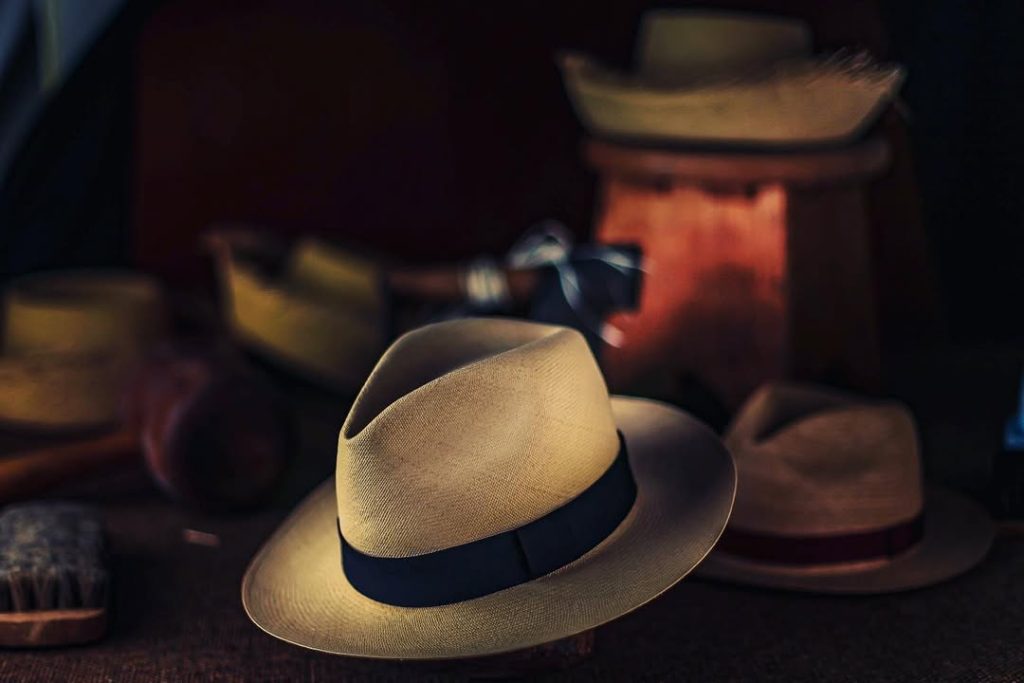
The weaving of toquilla straw is an art passed down from generation to generation. Although known worldwide as the “Panama hat,” its origin lies in Ecuador, in cities like Cuenca and especially Montecristi, where artisans transform the fibers of the Carludovica palmata palm into creations of unmatched finesse.
Quality is measured by the density of the weave: the finest models can be rolled up and slipped into a pocket without losing their shape.
Listed by UNESCO as Intangible Cultural Heritage of Humanity, this craft can be discovered in workshops where hats are still handwoven. Standard models start around 200 dollars, while the famous Montecristi superfinos can exceed 5,000 dollars.
Our article: The Panama Hat: Ecuadorian elegance and cultural heritage
The Emeralds of Colombia
Colombia holds a central place on the world map of gemstones. Its mines in Boyacá and Cundinamarca (Bogotá region)—Muzo, Chivor, Gachalá—produce emeralds of a deep, luminous green unlike any other.
This uniqueness stems not only from geology but also from the meticulous work of cutters and jewelers who, for centuries, have transformed raw stone into coveted gems.
In Bogotá, the Emerald Museum and certified jewelry workshops allow visitors to follow the journey of these stones—from the mine to the showcase.
The Vicuña Wool

In the highlands of Peru and Bolivia, the vicuña roams the Andean páramos as it did in Inca times, when only nobility could wear its wool.
Nicknamed the “fiber of the gods,” it is considered the finest in the world: its diameter does not exceed 13 microns, finer even than cashmere. Each animal produces only 150 to 250 grams of fiber every two to three years, making it a rare and precious resource.
A kilo easily exceeds 500 dollars on the regulated market.
Shearing is not done en masse but through a community ritual known as chaccu, which allows the fiber to be cut without harming the animal.
High fashion houses create exclusive garments from it: a vicuña coat sells for between 4,000 and 20,000 dollars and comes with a certificate guaranteeing the origin and sustainability of the fiber.
Our article: The vicuña: icon of the Andes and luxury
From the silver of Potosí to the wool of the vicuña, each creation tells the story of a land before becoming an object of desire. These pieces are not merely luxury goods—they are the encounter between generous nature and those who transform it with patience and pride.
Because the true privilege in Latin America is not so much to possess these treasures as to witness their birth, where luxury regains its original meaning: that of time, place, and humanity.
Photos: Manuel Avilés | Sol Alpaca

